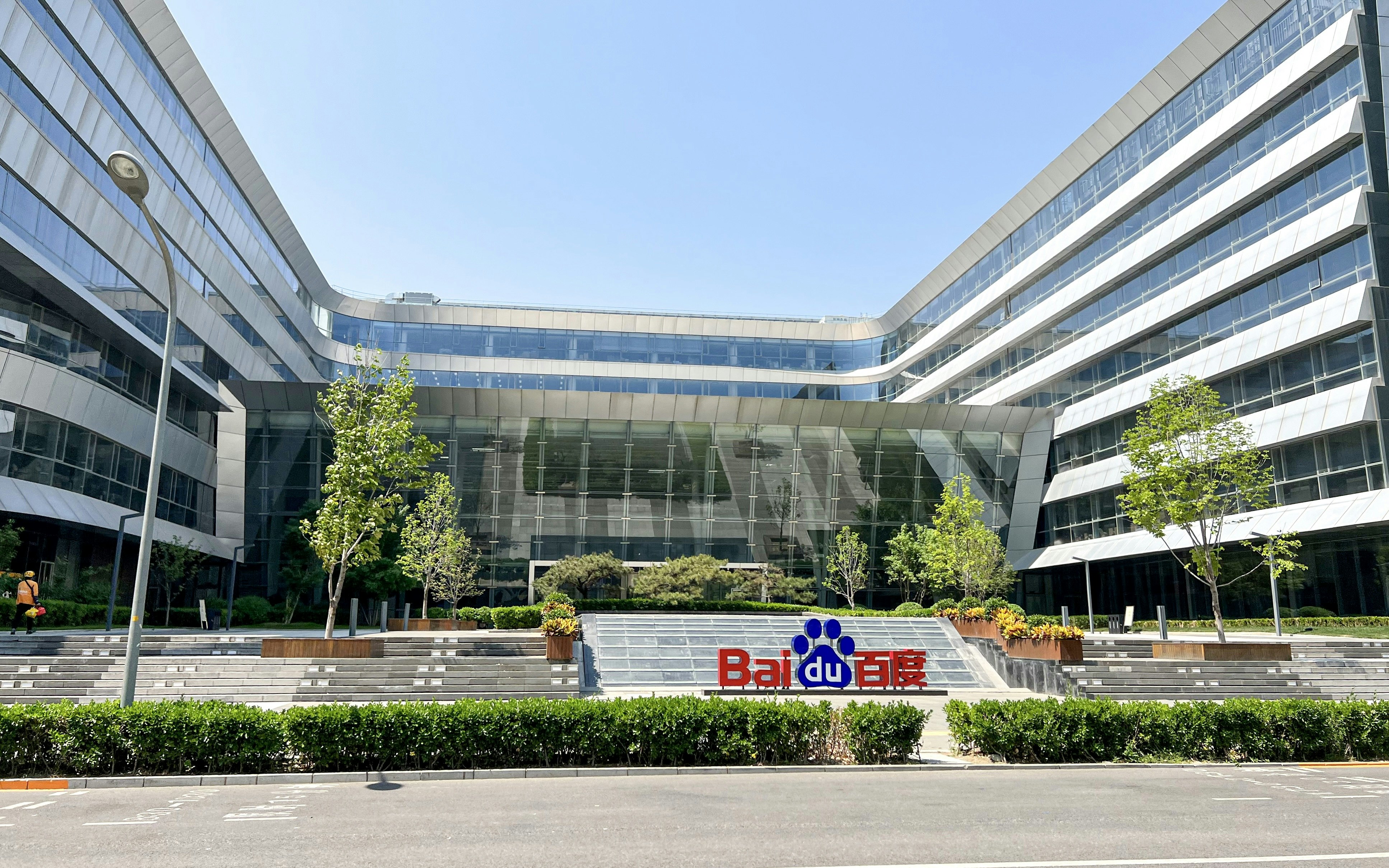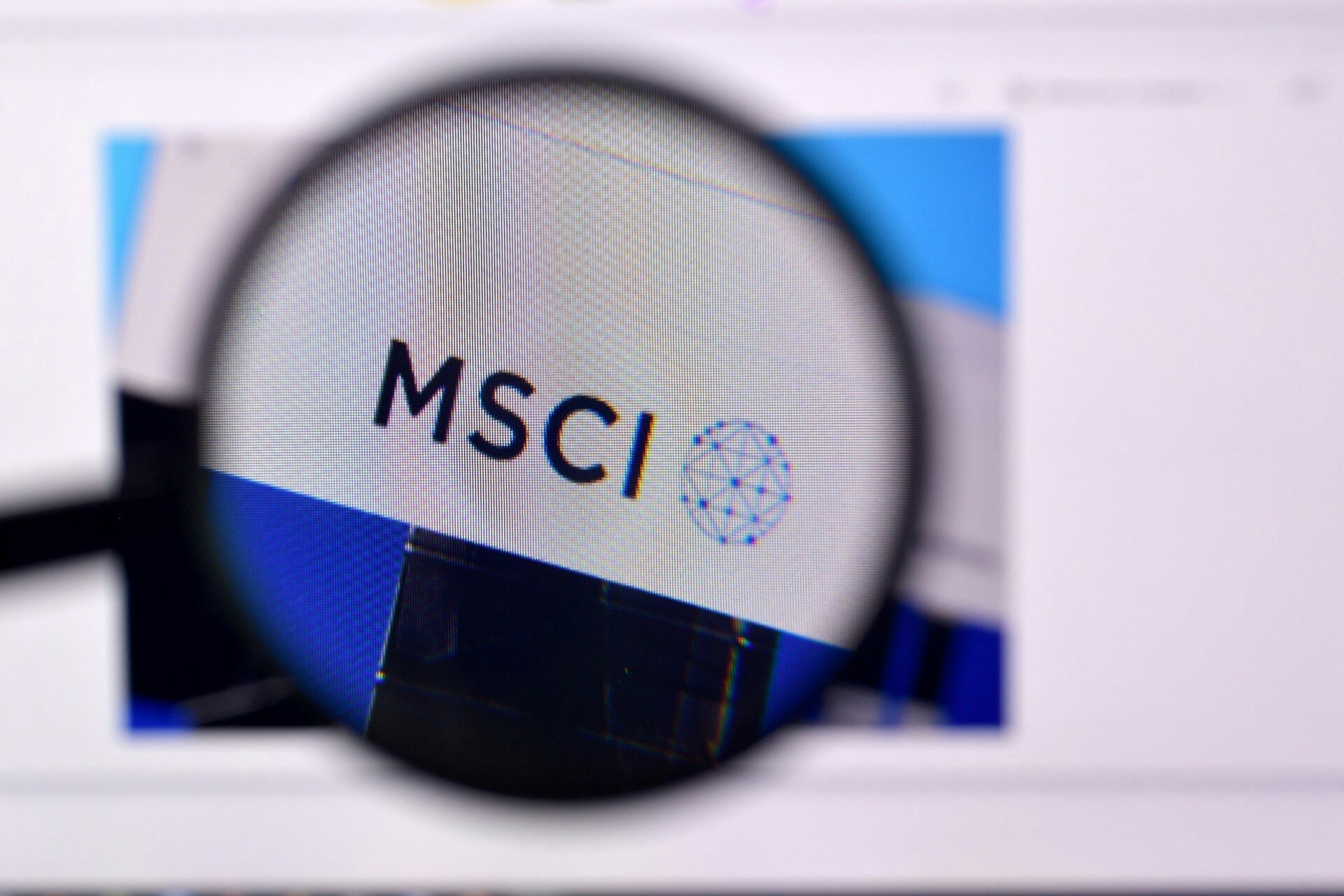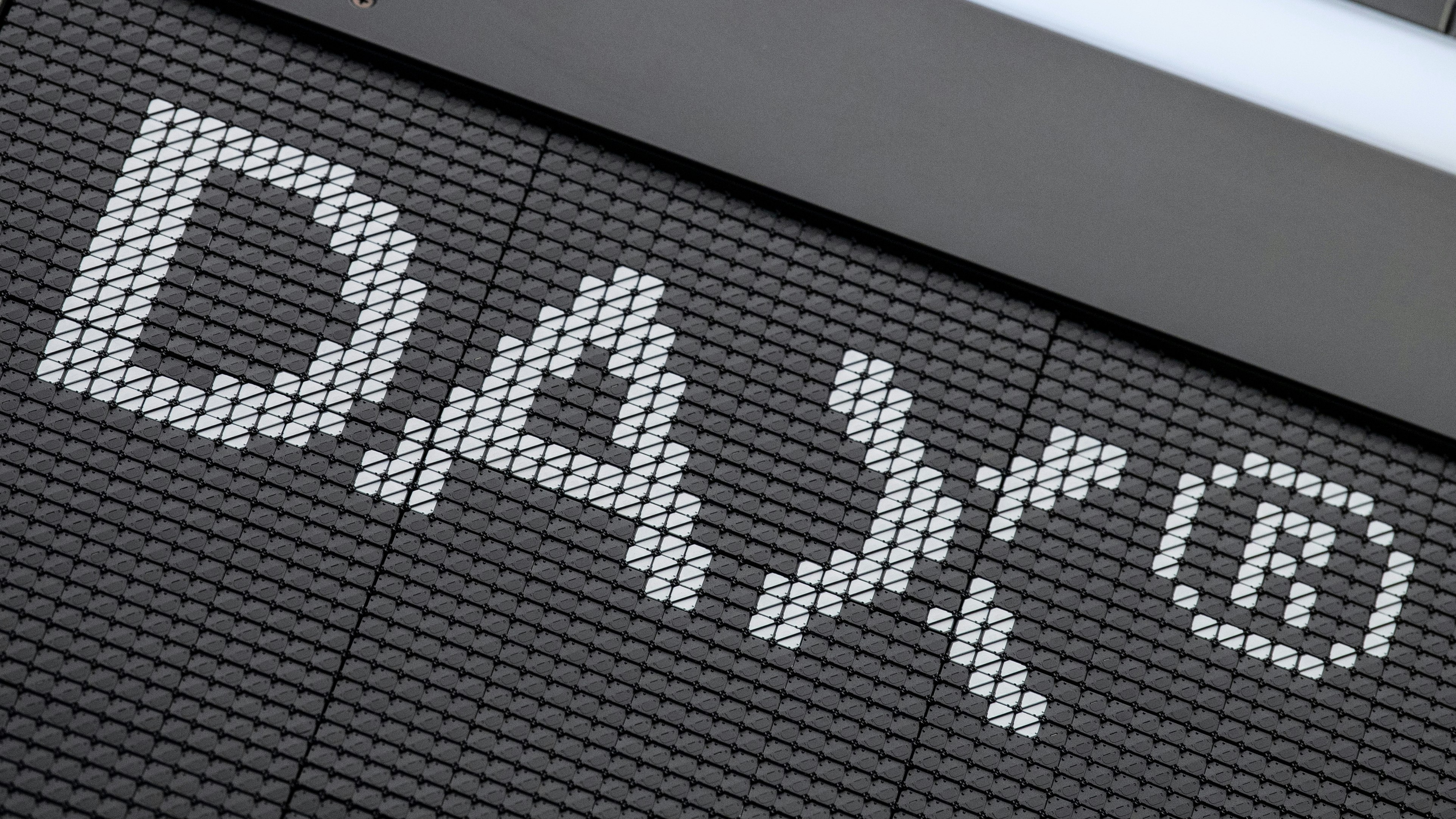Technology
Baidu defies advertising slump with AI revenues and significantly increases profit
Despite declining advertising revenues, Baidu's AI business boosts profits, while the search engine platform taps into new growth areas.

Baidu doubled its profit in the fourth quarter, despite revenue falling for the third consecutive quarter due to subdued advertising demand. China's leading search engine platform and AI specialist reported on Tuesday a 2.4 percent lower revenue of 34.12 billion yuan (4.70 billion US dollars), significantly exceeding expectations – analysts had expected a decline of around 5 percent. At the same time, net profit rose to 5.19 billion yuan, significantly above the forecast of 3.75 billion yuan.
In light of weak advertising markets, Baidu was able to stabilize its results with the booming AI business. According to interim CFO Junjie He, the AI Cloud business grew by 26 percent, partially offsetting weak online ad revenues. However, the recently introduced AI platform "Ernie Bot," formerly a driving force in China's rapidly expanding AI industry, lost some popularity in January. Competitors like ByteDance ("Doubao") and the emerging DeepSeek gained ground, according to data from a Chinese industry platform.
Baidu remains optimistic: The company reported 1.65 billion API requests daily for Ernie Bot in December and plans to release the AI tool in April for desktop and mobile use—a step that could boost the flagship search engine operation. Additionally, Baidu is increasingly investing in cloud computing and autonomous driving. The company received permits to test its robotaxi service "Apollo Go" on public roads in Hong Kong. This could fuel hopes for new growth drivers alongside the core business of "search ads.
Overall, despite short-term market uncertainties, Baidu registers tailwind from China's policies. Currently, Beijing seems to be focusing more on the tech industry again, after the regime had been critical of large internet companies for years. Nevertheless, the stock price (ADR) fell by 2.2 percent in pre-market trading, which observers attribute to profit-taking.






